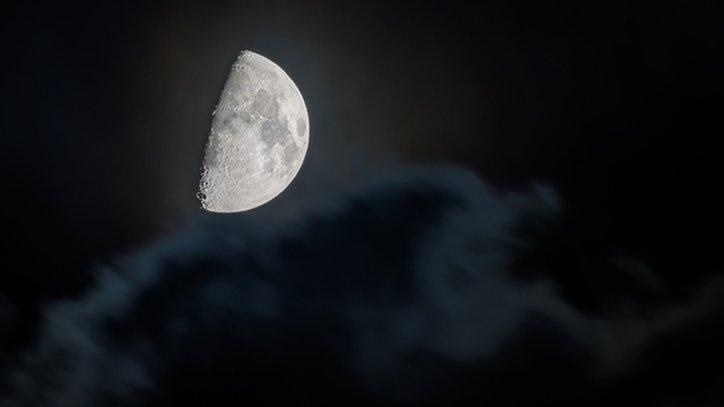September brings Super Harvest Moon and partial eclipse
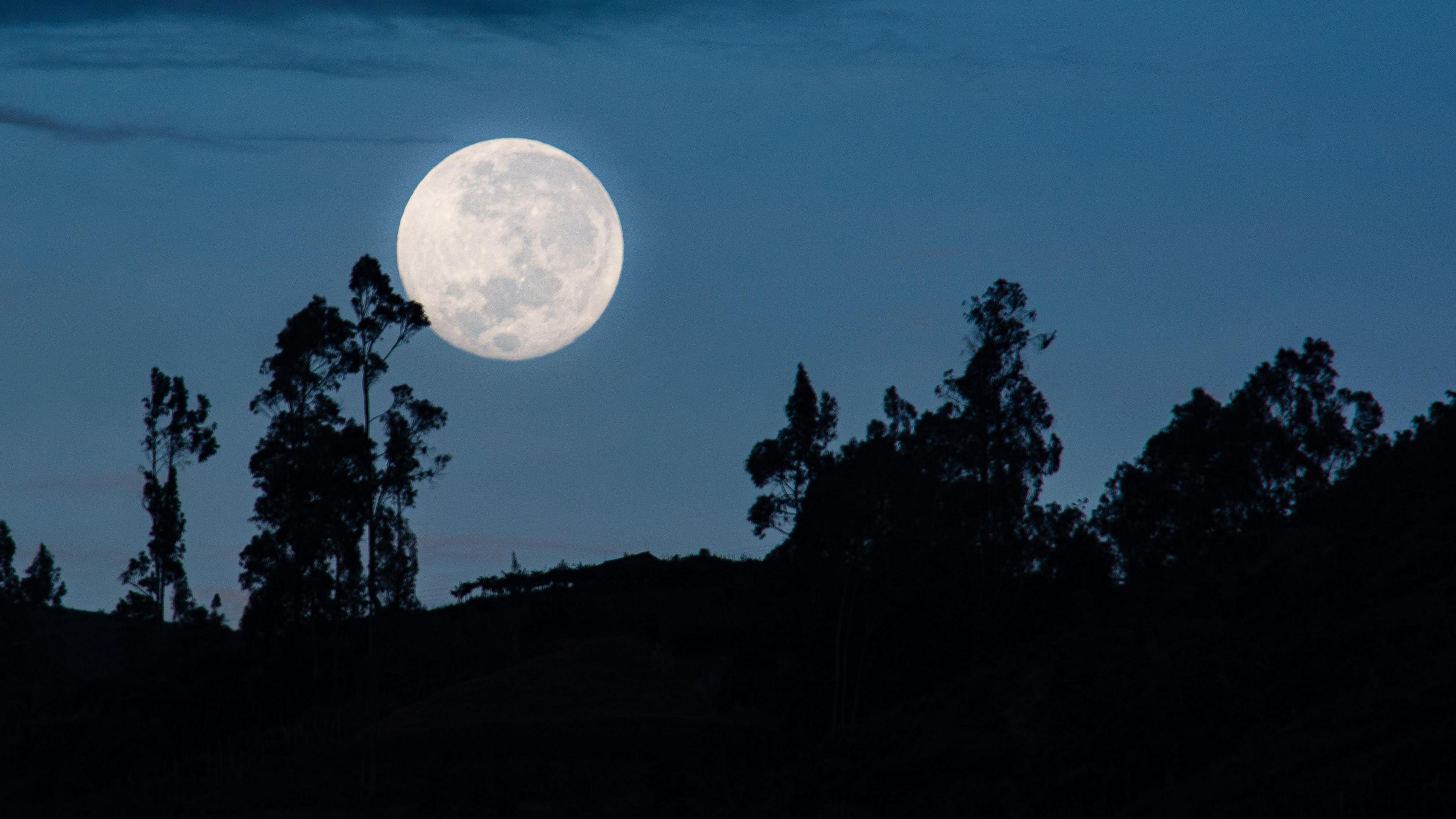
- Published
Imagine looking up at the night sky and seeing the moon appear larger and brighter than usual.
Well September's full moon will appear bigger than normal because it is what's known as a supermoon.
That's not all, it is also a Harvest Moon and it will look as though a small bite has been taken out of it because of a partial lunar eclipse.
All of these things come together to make the Super Harvest Moon eclipse.
The spectacular sight will be visible in the early hours of the morning on 18 September from the UK, Europe, North and South America and Africa.
September's Harvest Moon
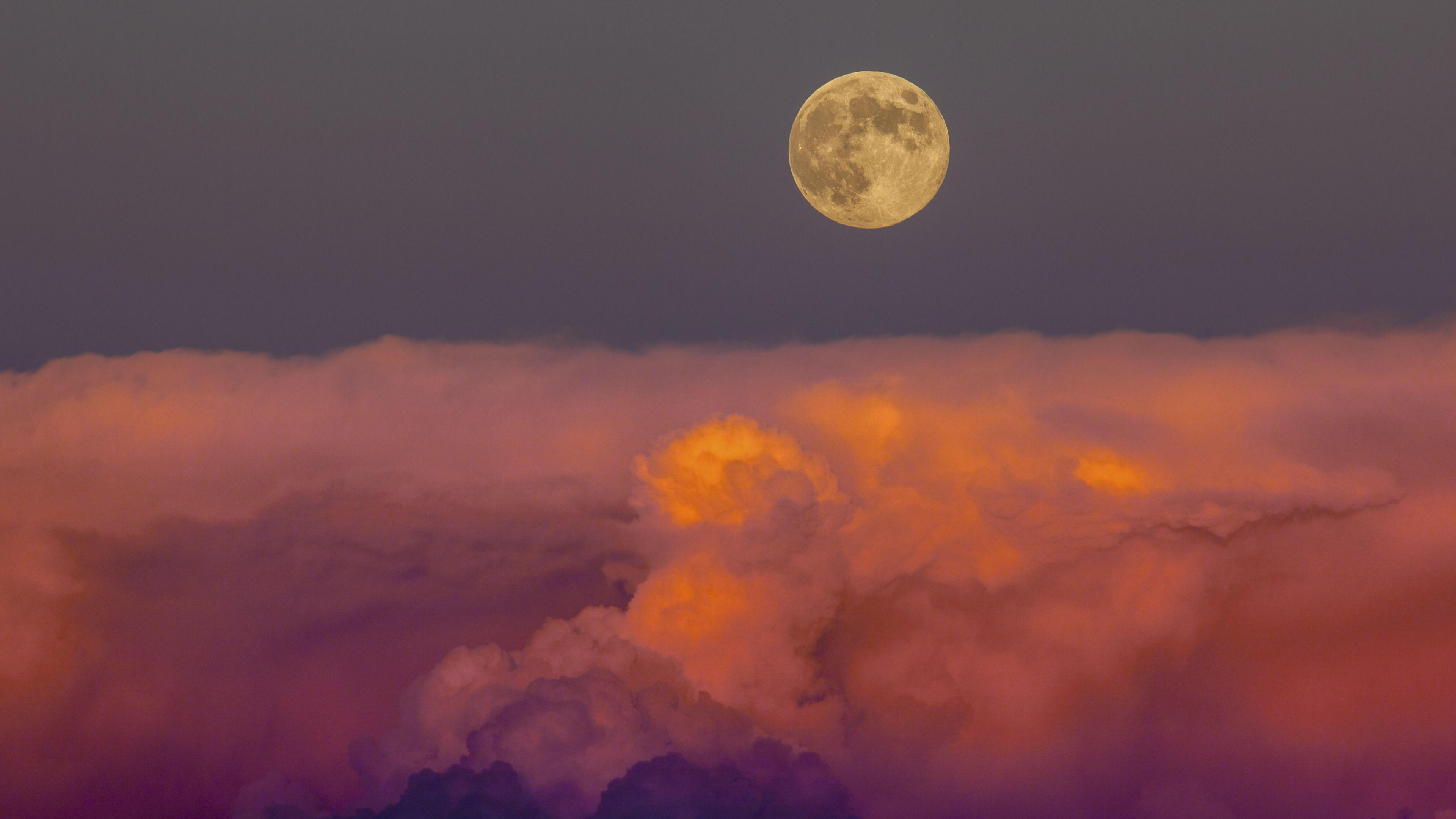
The full moon has many different names throughout the year, we normally have 12 full moons a year, each with its own informal nickname.
The origins for the name Harvest Moon come from people gathering in the crops at this time of year.
The Harvest Moon appears around the same time as the autumn equinox, which is on 22 September for countries in the northern hemisphere this year.
This occurs when the hours during daylight and night time are roughly the same wherever you are on Earth.
This works out at about 12 hours each.
It also marks a transition between the seasons - so, the spring equinox marks the start of spring, while the autumn equinox marks the start of autumn.
What makes it a supermoon?
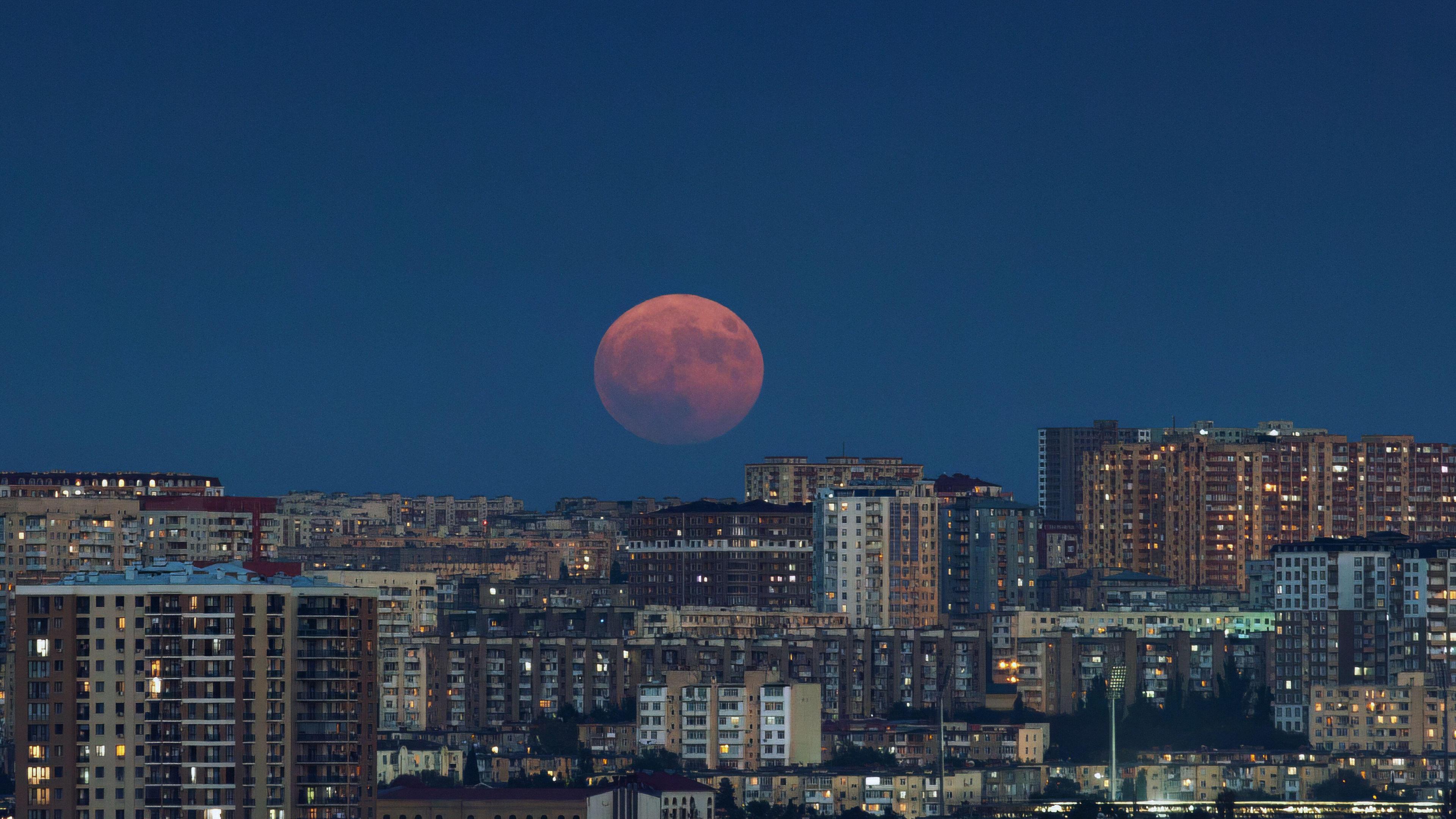
A supermoon is when the Moon appears bigger than usual.
This occurs because the Moon's orbit around Earth isn't a perfect circle: it's an elliptical or egg-shaped orbit.
So sometimes the Moon is closer to Earth and sometimes it is further away.
The Moon doesn't change size, it just looks bigger when is closer.
What is a lunar eclipse?
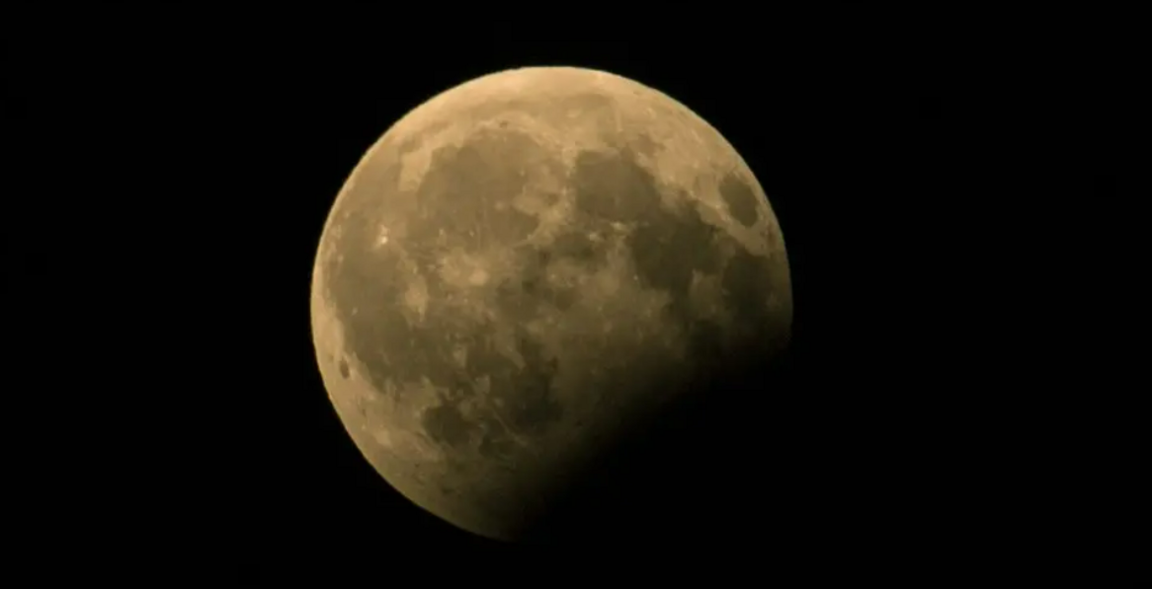
Another exciting thing about the Super Harvest Moon is that it will be partly covered by the Earth's shadow, causing a partial eclipse.
Usually, the full Moon is big, bright and fully lit from the Sun.
But because of the Earth blocking some of the light it will look as though a small bite has been taken out of the top corner of the Moon.
Unlike a solar eclipse, lunar eclipses are safe to look at without any additional eye protection.
It might seem like a subtle difference but if you can look through some binoculars, you should be able to catch the unique sight.
- Published20 June 2024
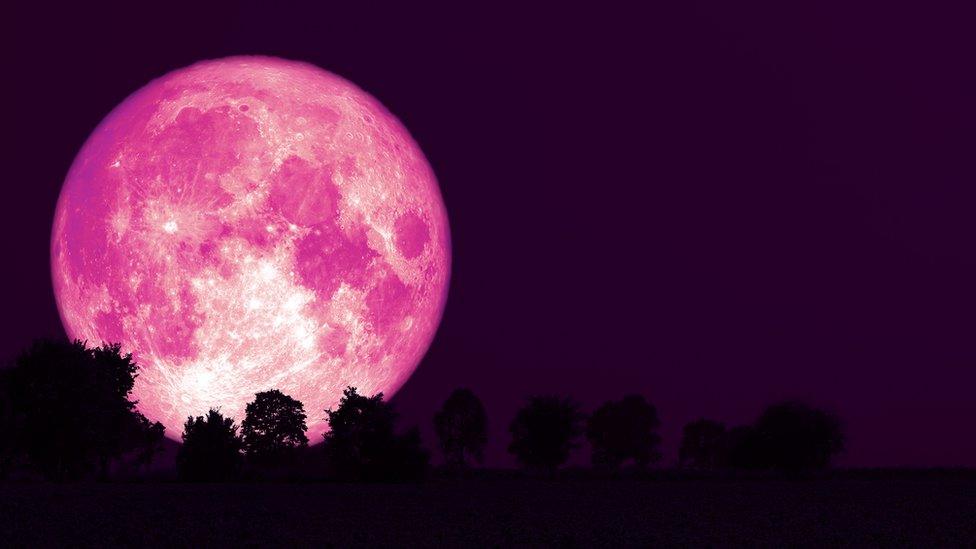
- Published16 July 2024
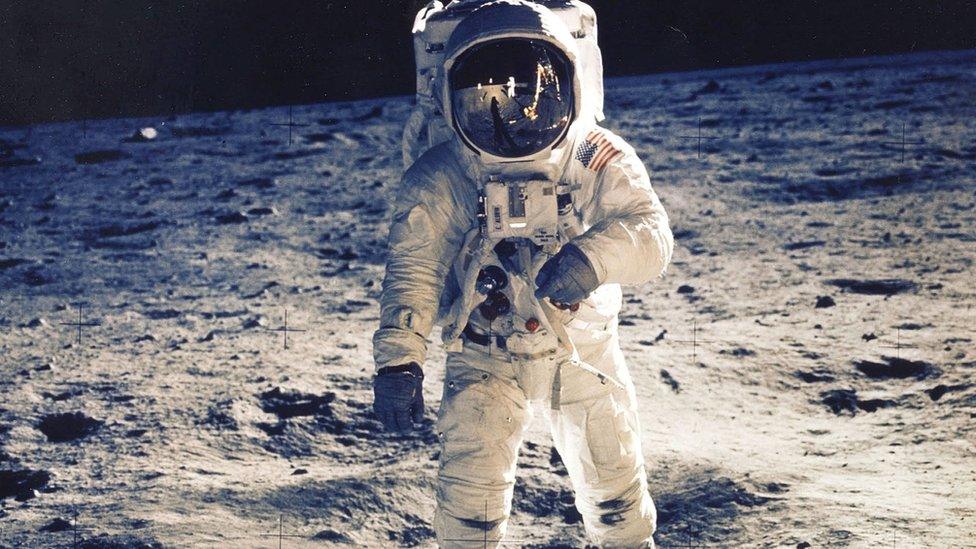
- Published9 April 2024
